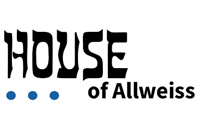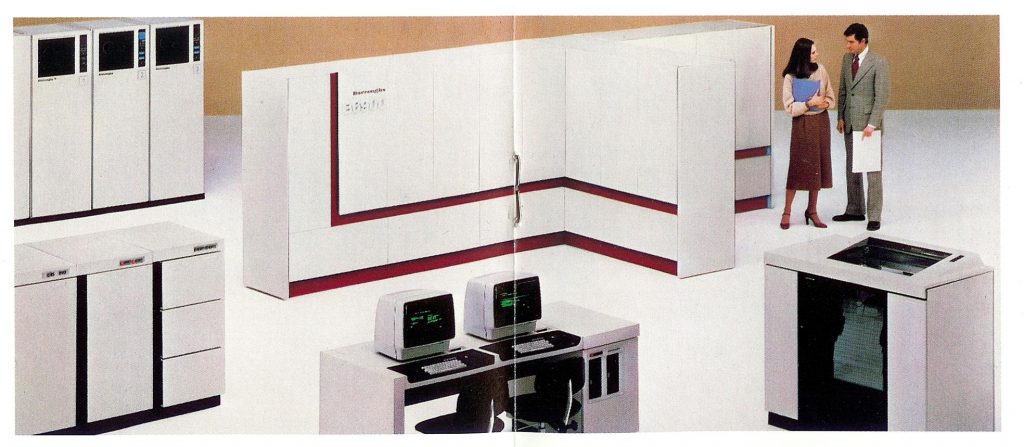One of my first assignments when I reached Mission Viejo, California in 1977 was to work with Ron Tucker, who was section manager for the B6900 BCML project. I did not work for Ron; I worked in a group called System Management. We wrote the Product Development Authorizations (PDA’s) for projects at the plant. Technically speaking, each project at the plant needed to have an approved PDA, which released funding for the project. PDA’s were approved both at the plant level, and then at the corporate level in Detroit. Many PDA’s were routine (i.e. develop a new tape controller interface), but some were politically charged. The B6900 had TWO PDA’s in our group; one defined a project using CTL, the other using BCML. I worked on the BCML PDA; the more experienced System Management engineers were working on the CTL PDA. It became clear to me quickly that the plant did not want to build the B6900 out of BCML. I figured out why working with Ron and Bob Kim, the project manager on the BCML project. Only one computer was built with BCML at the time, the Pasadena B4800. The B4800 used a version of BCML that had a very low level of integration, and that could be air cooled. I visited Pasadena with Ron to find out how things were going with BCML. The information was not good. The machine did not meet its cost goal; in fact it was more than 50% over cost. The machine also did not meet its performance goal, although it still was almost twice as fast as it’s predecessor the B4700. This is at a time where computer costs were dropping by half, and performance doubling with every new generation. In addition, Pasadena complained that production was highly constrained because several components were in short supply and reliability was poor. Since BCML was made only by Burroughs in Rancho Bernardo, there was no second source. The B4800 had a lot of problems, all of which were because of BCML, not the design.
The version of BCML that corporate wanted the 900 series machines to use was different from that used by the B4800. BCML integration was very low because of heat problems that Rancho could not fix. So to allow for higher integration and better performance, they developed BCML 2, which required water cooling! (see “Stopper, H., “The BCML Circuit and Packaging System”, IEEE Transactions on Components, Hybrids, and Manufacturing Technology, March 1980, Volume 3, Issue 1 pp110-120.)
I remember accompanying Ron Tucker, Arnold Spielberg the BCML Program manager based in Mission Viejo, and Ron Delaura the Engineering Manager at Mission Viejo, to Detroit. We were presented with the new BCML 2 water cooled design by Dr. Stopper and Dr. Johnson, Corporate Engineering VP. I was skeptical. The design required an eight to ten-layer circuit board sandwiched between a water cooled manifold that the BCML chips popped into. The manifolds were stacked and connected to a water cooling system.
Water was used to cool the largest computers. IBM’s biggest computer was water cooled. These were very expensive computers and accommodating water cooling added additional expense to the computer room and facility. While very large organizations that needed the maximum computing power were willing to pay for the luxury of water cooling, it was not clear to us that customers who bought the B6900 would be willing to pay for water cooling. In addition, eight to ten layer circuit boards were very expensive at that time. The B6800 used four-layer boards, and the newer UIO boards were four to six layers.
We came away from that meeting in dismay. Since I was doing the PDA, I was working with all the projected costs. The costs given to me by Detroit seemed way too optimistic, but even with those costs the B6900 would be far more expensive to build than the B6800. When I checked with Pasadena and Rancho Bernardo I got more realistic costs, which made the situation even bleaker.
When I first went to work for Burroughs in 1977 Bob Merrell was General Manager of the Mission Viejo plant. By the time I joined Mission Viejo Bob had been promoted to Vice President of the Computer Systems Group (CSG) in Detroit, and Erv Hauck, who was the hardware engineering manager, was promoted to General Manager of Mission Viejo.

